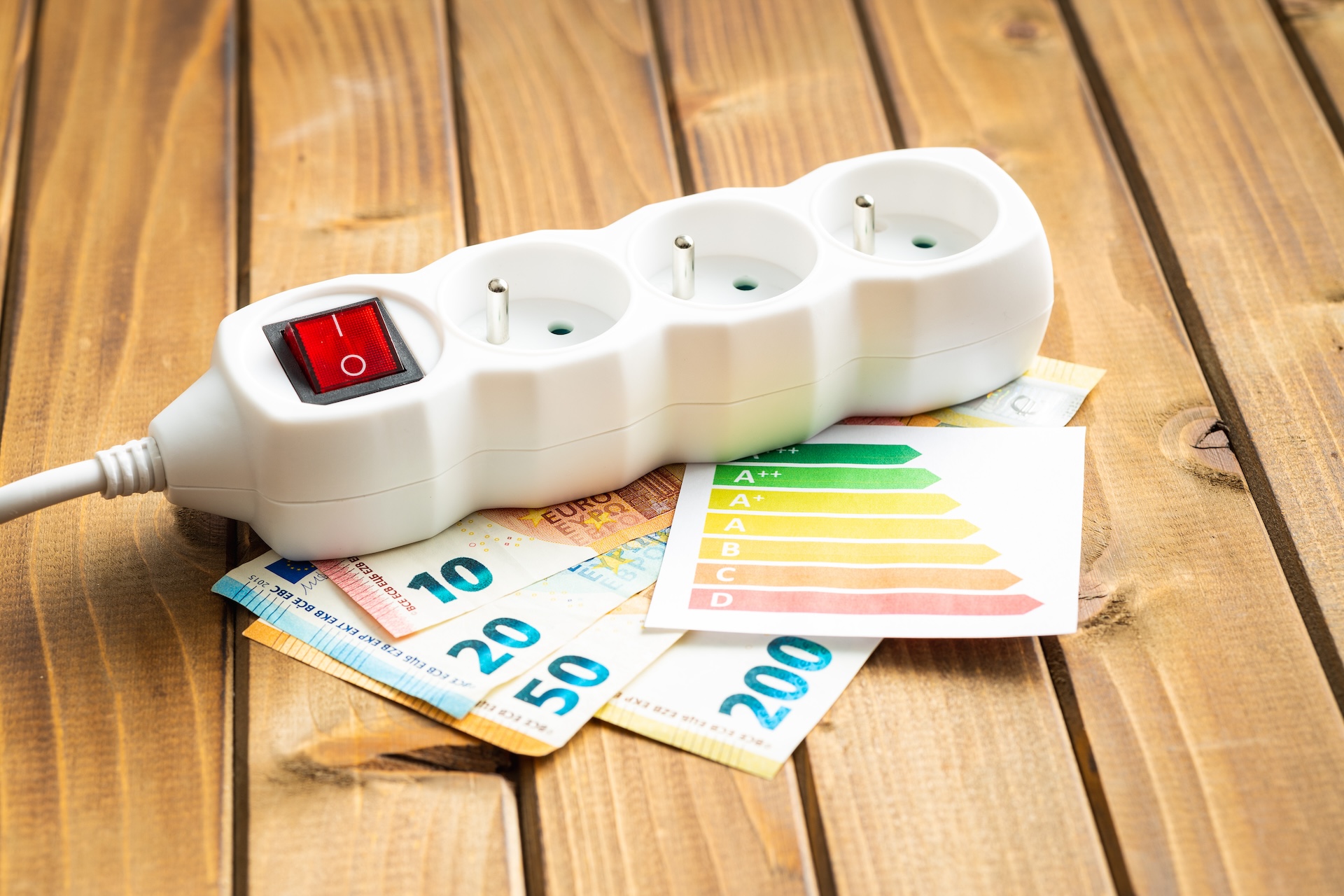Improving the energy efficiency of your home is one of the smartest investments you can make. Not only does it reduce your energy bills, but it also makes your home more comfortable all year round. For beginners, the process can feel overwhelming, but by focusing on a few key areas, you can make noticeable improvements without breaking the bank. One of the most effective ways to start is with insulation, particularly insulation batts, but we will also explore other practical steps that work hand in hand to boost your home’s performance.
Why Energy Efficiency Matters
Energy efficiency is about using less energy to achieve the same results. A well-insulated and properly maintained home stays cooler in summer and warmer in winter, meaning you rely less on heating and cooling systems. This reduces your household’s carbon footprint and lowers utility costs. In fact, studies show that insulation upgrades can cut heating and cooling bills by up to 40 percent. For households trying to balance comfort with cost savings, improving energy efficiency is a win-win.
Start With Insulation Batts
If you are new to home upgrades, affordable insulation batts are one of the easiest entry points. These are pre-cut sections of insulation material, often made from glasswool, polyester, or natural fibres. They fit snugly between wall studs, ceiling joists, and floorboards. By filling gaps where heat commonly escapes, insulation batts create a barrier that slows the transfer of heat in and out of your home.
Installing insulation batts can dramatically improve comfort levels. In winter, they trap warmth inside, while in summer, they prevent the outside heat from penetrating your living spaces. Because they are designed to fit standard construction measurements, many homeowners can install them themselves, making them a practical option for beginners.
Choose the Right R-Value
When shopping for insulation batts, you will notice they come with an R-value rating. This number indicates how well the material resists heat flow. The higher the R-value, the better the insulation performance. For example, in cooler climates you may want ceiling batts with an R-value of 4.0 or higher, while in warmer regions, an R-value of around 2.5 to 3.0 might be sufficient.
Choosing the right R-value ensures your insulation matches your climate and home design. If you are unsure, check local building codes or consult a professional installer.
Seal Air Leaks
Even the best insulation will not work properly if your home has gaps and cracks where air escapes. Common culprits include gaps around windows, doors, vents, and plumbing pipes. Sealing these leaks with weatherstripping, caulk, or expanding foam is a simple DIY job that makes a big difference. When combined with insulation batts, air sealing prevents drafts and ensures your heating and cooling systems run more efficiently.
Upgrade Your Windows
Windows play a major role in energy loss. Single-pane glass allows heat to move freely in and out of your home. If replacing windows is not an option, you can improve performance by adding thermal curtains, blinds, or even secondary glazing. For a longer-term solution, consider upgrading to double-glazed or low-E glass windows. These significantly reduce heat transfer and complement the work your insulation is doing behind the walls.
Improve Heating and Cooling Efficiency
Heating and cooling typically account for the largest portion of household energy use. Once you have installed insulation batts and sealed leaks, your system will not have to work as hard. To further increase efficiency, service your heating and cooling units regularly, replace filters when required, and use programmable thermostats to control temperature settings. Setting your thermostat just a few degrees lower in winter or higher in summer can save hundreds of dollars annually.
Add Energy-Efficient Lighting
Lighting is another area where small changes add up quickly. Replacing incandescent bulbs with LEDs reduces energy consumption by up to 80 percent. LEDs also last much longer, meaning you save on replacement costs. Pair your lighting upgrade with smart switches or motion sensors to avoid wasting energy when rooms are unoccupied.
Consider Renewable Energy
Once you have taken care of insulation batts, sealing, windows, and lighting, the next step is looking into renewable energy. Solar panels are becoming more affordable and can dramatically reduce your reliance on grid electricity. Pairing solar with a battery storage system allows you to use your own power at night and during cloudy periods, further increasing your independence and savings.
Adopt Everyday Energy-Saving Habits
Energy efficiency is not only about big upgrades. Simple daily habits make a noticeable difference too. Turning off appliances at the wall, washing clothes in cold water, and running dishwashers or washing machines only when full all reduce unnecessary energy use. Combining these small actions with the structural improvements above creates a strong foundation for long-term savings.
Where to Begin
If you are just starting out, focus on one project at a time. Begin with the basics: install insulation batts in the roof or walls, then move on to sealing gaps and upgrading lighting. These steps offer the fastest return on investment and can be done without major renovations. Once those are in place, you can look at windows, heating and cooling systems, and renewable energy.
Conclusion
Making your home more energy efficient is a journey, not a one-off project. For beginners, the process starts with simple upgrades like insulation batts, which provide immediate comfort and savings. By gradually layering in other improvements such as air sealing, efficient windows, smart heating and cooling, and renewable energy, you create a home that is not only cheaper to run but also more comfortable and environmentally friendly. Every step you take reduces energy waste, lowers your bills, and makes your home a better place to live.


































